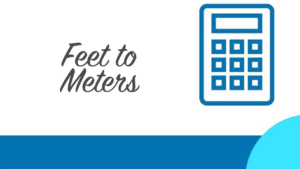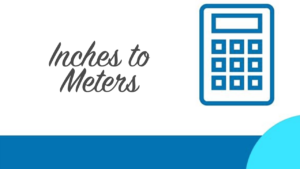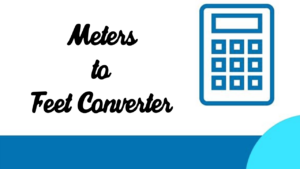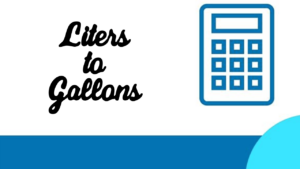Assuming you would like a step-by-step explanation on how to convert Binary to Hexadecimal:
To convert binary to hexadecimal, start by breaking the binary number up into groups of four digits. These are known as nibbles.
Next, convert each group of four digits into decimal. To do this, simply multiply each digit in the group by 2^(the position of the digit).
For example, if the first digit is 1 and the second digit is 0, you would calculate 1*2^3 + 0*2^2 = 8.
Once you have converted all of the groups of four digits into decimal, convert each decimal value into its hex equivalent.
The easiest way to do this is to use a conversion chart that lists all of the decimal numbers up to 255 and their corresponding hex values. Finally, put the hex digits together to form the hexadecimal number.
| Binary | Hexadecimal |
|---|---|
| 1 | 1 |
| 10 | 2 |
| 11 | 3 |
| 100 | 4 |
| 101 | 5 |
| 110 | 6 |
| 111 | 7 |
| 1000 | 8 |
| 1001 | 9 |
| 1010 | a |
| 1011 | b |
| 1100 | c |
| 1101 | d |
| 1110 | e |
| 1111 | f |
| 10000 | 10 |
| 10001 | 11 |
| 10010 | 12 |
| 10011 | 13 |
| 10100 | 14 |
| 10101 | 15 |
| 10110 | 16 |
| 10111 | 17 |
| 11000 | 18 |
| 11001 | 19 |
| 11010 | 1a |
| 11011 | 1b |
| 11100 | 1c |
| 11101 | 1d |
| 11110 | 1e |
| 11111 | 1f |
| 100000 | 20 |
| 100001 | 21 |
| 100010 | 22 |
| 100011 | 23 |
| 100100 | 24 |
| 100101 | 25 |
| 100110 | 26 |
| 100111 | 27 |
| 101000 | 28 |
| 101001 | 29 |
| 101010 | 2a |
| 101011 | 2b |
| 101100 | 2c |
| 101101 | 2d |
| 101110 | 2e |
| 101111 | 2f |
| 110000 | 30 |
| 110001 | 31 |
| 110010 | 32 |
What is the binary number 1100 0011 in hexadecimal?
The binary number 1100 0011 can be converted to hexadecimal by first splitting the number into groups of 4 bits. This results in the numbers: 1100 and 0011.
These can then be translated into hexadecimal, which would result in the numbers C and 3. Therefore, the binary number 1100 0011 is equal to the hexadecimal number C3.
Why is it important in networking to know how you convert binary and hexadecimal numbers?
Binary and hexadecimal are two important number systems in networking. Binary is the native number system of electronic devices, while hexadecimal is more convenient for humans to read and write.
In order to communicate with devices or other people on a network, it is essential to know how to convert between these two number systems. Binary numbers are made up of only 0s and 1s, while hexadecimal numbers use a combination of 0-9 and A-F.
When converting from binary to hexadecimal, each group of 4 bits (called a nibble) is converted to a single hex digit. For example, the binary number 1010 would be represented as A in hexadecimal. Similarly, when converting from hexadecimal to binary, each hex digit is represented by 4 bits.
So the hex number A would be written as 1010 in binary form. Knowing how to convert between binary and hexadecimal is important not only for networking purposes but also for many other aspects of computer science and engineering.
Hexadecimal is often used as a shorthand way of writing long strings of binary digits, so it is essential to be able to convert back and forth between the two representations.
Why is hexadecimal needed?
The main advantage of a Hexadecimal Number is that it is very compact. Using a base of 16 means that the number of digits used to represent a given number is usually less than in binary or decimal. This makes it quick and easy to convert between hexadecimal numbers and binary.
How do you convert 1101 binary to hexadecimal?
The binary number 1101 can be converted to the hexadecimal number D by using the following steps: First, divide the binary number into groups of four digits starting from the right side of the number. In this case, there will be two groups of four digits (1101 and 1000).
Next, convert each group of four digits into its hexadecimal equivalent. The first group, 1101, is equivalent to the hexadecimal number D. The second group, 1000, is equivalent to the hexadecimal number 8. Finally, combine the hexadecimal equivalents to get the final answer, which in this case would be D8.
How do you convert 1010 binary to hexadecimal?
To convert binary to hexadecimal, start by finding the rightmost 4 digits of the binary number. In this case, that would be 0101. To convert this value to hexadecimal, look up the decimal equivalent for each digit in the binary number: 0 = 0, 1 = 1, and so on.
In this example, you would get 5 (the first digit) and 1 (the second digit), which gives you 51 in hexadecimal. Now move on to the next 4 digits to the left, which would be 1010. Again, look up the decimal equivalents for each digit in the binary number: 0 = 0, 1 = 1, and so on.
In this example, you would get 10 (the first digit) and 2 (the second digit), which gives you A2 in hexadecimal. Continuing in this way, you would eventually end up with a hexadecimal number that looks like this: 5A2.
Why do we need to convert binary to hexadecimal?
There are many reasons to convert binary to hexadecimal, but the most common one is for human readability.
It is a lot easier for people to read and understand large binary numbers when they are represented in hexadecimal form. Additionally, it is often easier to convert between the two representations if needed.






